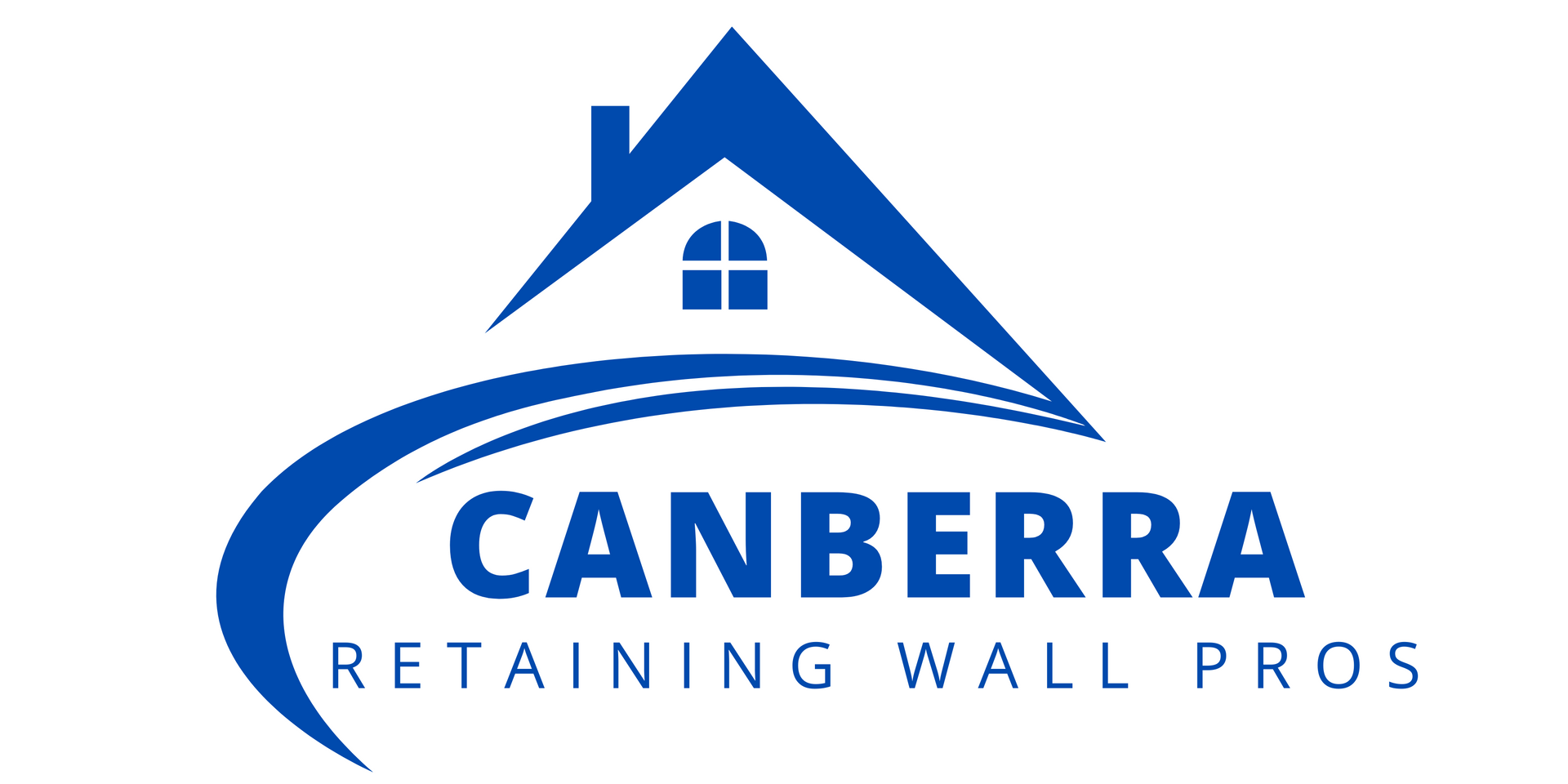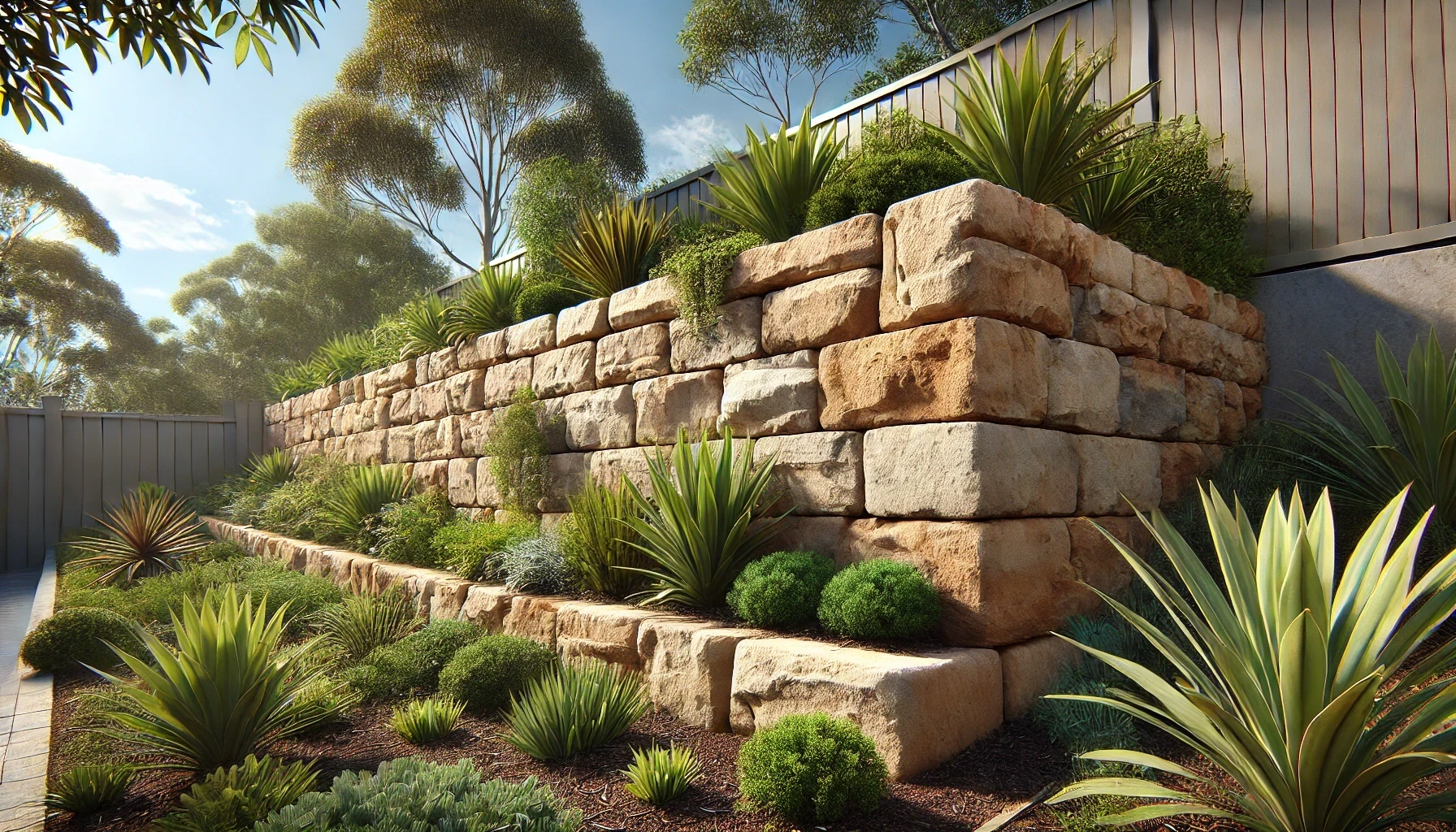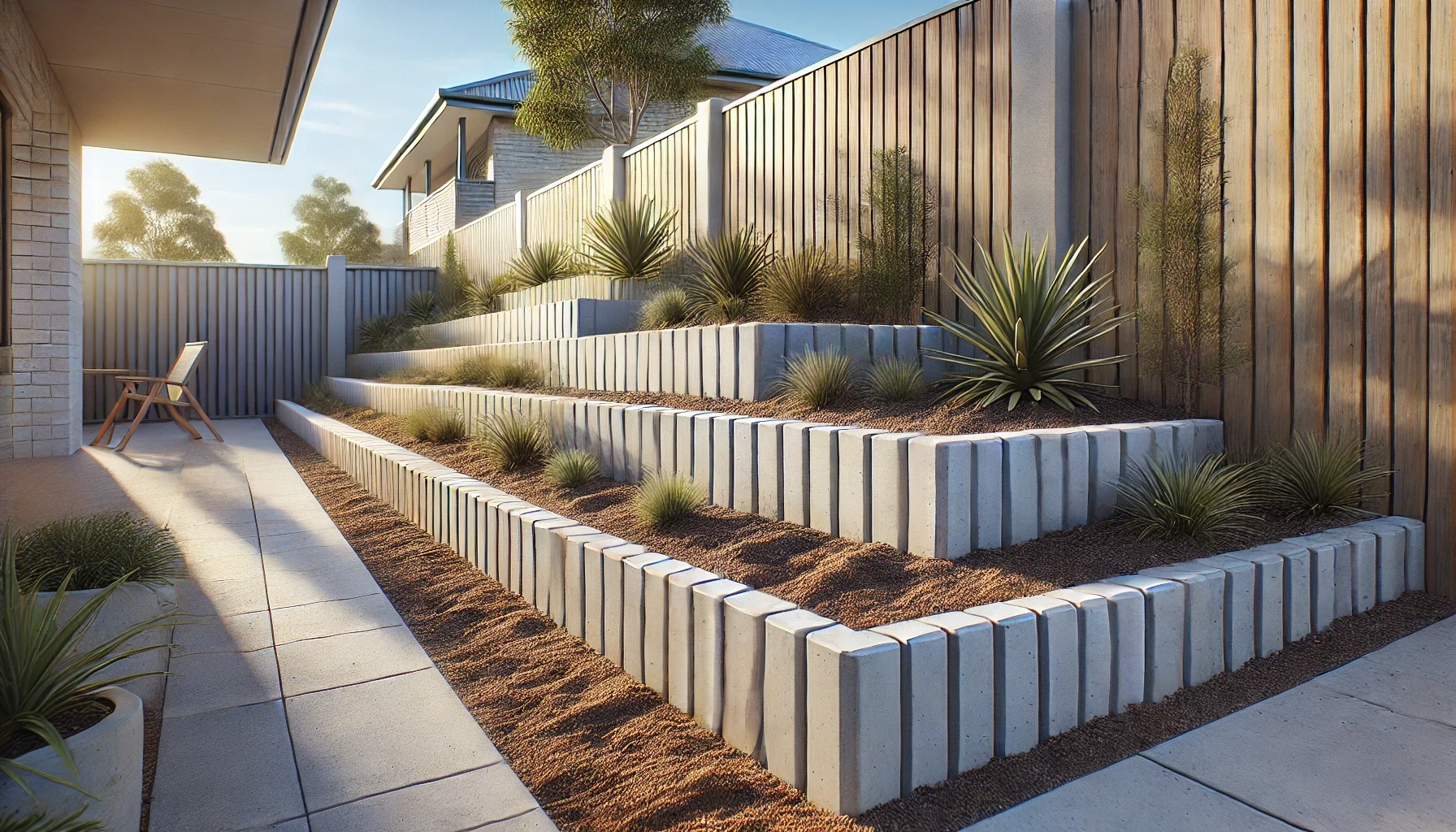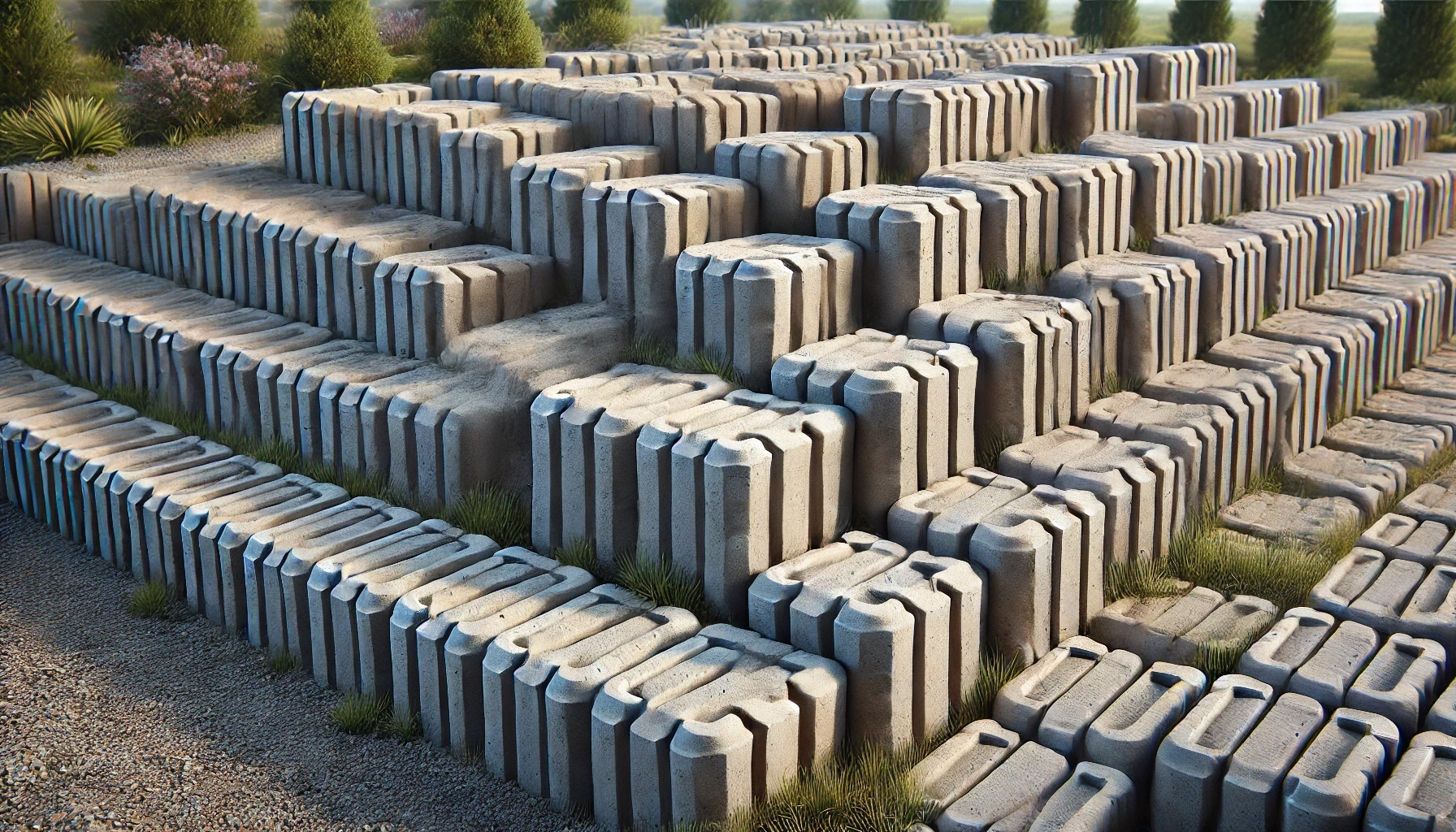Sustainable Retaining Wall Construction Practices in Canberra, ACT
Retaining walls are essential structures in Canberra's hilly terrain, providing stability and preventing soil erosion. As the demand for sustainable construction practices grows, we at Canberra Retaining Wall Pros are leading the way in environmentally friendly solutions.
Our innovative approaches to retaining wall construction prioritise durability, eco-friendliness, and aesthetic appeal. We utilise locally sourced materials and implement cutting-edge techniques to minimise environmental impact while maximising structural integrity.
In Canberra's unique landscape, our expertise shines through in projects that seamlessly blend with the natural surroundings. From residential gardens to large-scale commercial developments, we're committed to creating sustainable retaining walls that stand the test of time.
Key Takeaways
- Sustainable retaining walls enhance stability and prevent erosion in Canberra's hilly terrain
- Innovative construction techniques prioritise durability and environmental responsibility
- Local expertise ensures retaining walls complement Canberra's unique landscape
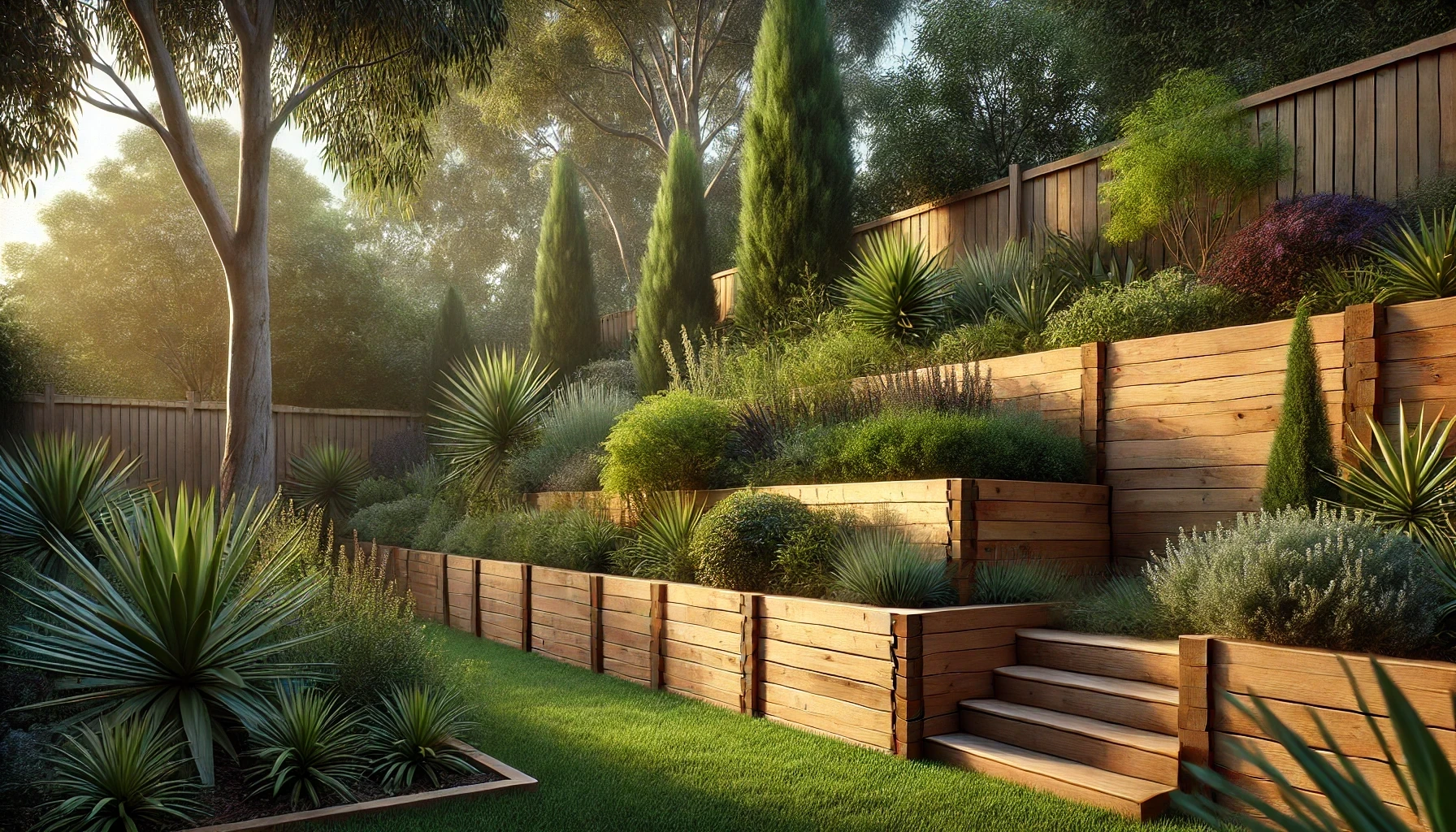
Understanding Retaining Walls in Canberra
Retaining walls play a crucial role in Canberra's landscape, addressing both practical and aesthetic needs. We recognise the importance of sustainable practices and local geographical considerations in their construction.
The Importance of Sustainability in Construction
Sustainable retaining wall construction is essential for Canberra's long-term environmental health. We prioritise eco-friendly materials like recycled concrete and locally sourced stone to reduce our carbon footprint. These materials offer durability and aesthetic appeal whilst minimising environmental impact.
Water management is a key focus in our sustainable designs. We incorporate permeable materials and drainage systems to prevent soil erosion and manage stormwater effectively. This approach helps maintain soil stability and protects nearby structures.
Our construction methods also emphasise minimal site disruption. We use techniques that reduce soil compaction and preserve existing vegetation where possible. This not only maintains the local ecosystem but also enhances the wall's natural appearance.
Canberra's Geographical Influence
Canberra's unique geography significantly impacts retaining wall design and construction. The city's varying terrain, from flat plains to hilly areas, requires diverse retaining wall solutions. We adapt our designs to suit each specific location.
Soil composition in Canberra ranges from clay to sandy loam. This variation influences our choice of construction techniques and materials. For clay-rich soils, we often implement additional drainage measures to prevent water build-up behind the wall.
Climate considerations are crucial in our designs. Canberra's hot summers and cold winters necessitate materials that can withstand temperature fluctuations. We select materials with appropriate thermal expansion properties to ensure long-term structural integrity.
Local regulations and building codes in Canberra also shape our construction practices. We ensure all our retaining walls comply with ACT planning and development guidelines, particularly regarding height restrictions and environmental impact assessments.
Innovative Practices for Sustainable Construction
At Canberra Retaining Wall Pros, we're committed to implementing cutting-edge sustainable practices in our projects. We focus on responsible material selection, energy-efficient methods, and effective water management to minimise environmental impact.
Material Selection and Sourcing
We prioritise locally sourced materials to reduce transportation emissions. Recycled concrete and reclaimed timber are excellent options for retaining walls. These materials divert waste from landfills and lower the demand for new resources.
We also use permeable pavers in our designs. These allow water to seep through, reducing runoff and promoting natural groundwater recharge. Geotextile fabrics help stabilise soil without harmful chemicals.
For non-recycled materials, we choose suppliers with sustainable practices. This includes those who use renewable energy in production or have strong waste reduction policies.
Energy-Efficient Construction Methods
Our construction processes are designed to minimise energy use. We employ fuel-efficient machinery and optimise our work schedules to reduce idle time.
We've invested in electric and hybrid vehicles for our fleet. This significantly cuts our carbon emissions during site visits and material transport.
Pre-fabrication is another key strategy. By preparing elements off-site, we reduce on-site energy consumption and minimise waste. This method also allows for more precise construction, improving the longevity of our retaining walls.
Water Management and Soil Conservation
Proper drainage is crucial in retaining wall construction. We install French drains and weep holes to manage water effectively, preventing erosion and structural damage.
Our designs incorporate native plants whenever possible. These species are adapted to local conditions, requiring less water and maintenance. They also help prevent soil erosion naturally.
We use mulch and ground covers extensively. These materials retain soil moisture, reduce evaporation, and suppress weed growth. This approach minimises the need for chemical herbicides and excessive watering.
Rainwater harvesting systems are integrated into our designs when appropriate. These systems collect and store rainwater for irrigation, reducing reliance on municipal water supplies.
Case Studies: Canberra Retaining Wall Pros Projects
At Canberra Retaining Wall Pros, we've completed numerous sustainable retaining wall projects across the ACT. Our work spans residential developments and commercial spaces, showcasing innovative techniques and eco-friendly materials.
Residential Developments
We recently finished a project in Yarralumla, using recycled concrete blocks for a 30-metre retaining wall. This approach reduced waste and lowered the project's carbon footprint. The wall's design incorporated native plants, enhancing local biodiversity.
In Gungahlin, we constructed a terraced retaining wall system using locally sourced stone. This project maximised land use on a sloping block whilst minimising soil erosion. We integrated a rainwater harvesting system, collecting runoff for garden irrigation.
Our Woden Valley project utilised gabion baskets filled with recycled materials. This method provided excellent drainage and created a unique aesthetic. The wall's modular nature allowed for easy future modifications if needed.
Commercial and Public Spaces
For the National Arboretum, we designed and built a series of curved retaining walls using permeable pavers. This solution manages stormwater runoff effectively, reducing the load on local drainage systems. The walls blend seamlessly with the landscape, enhancing visitor experience.
We completed a large-scale project at the University of Canberra, constructing tiered retaining walls for an amphitheatre. We used geosynthetic reinforcement to increase wall stability and reduce material usage. The design incorporated seating areas and integrated lighting for multi-functional use.
In Civic, we built a green retaining wall for a new office complex. This living wall system improves air quality and provides thermal insulation. It features a mix of native plants, supporting local ecosystems and reducing maintenance needs.
You might also like
All Rights Reserved | Canberra Retaining Wall Pros | Terms of Service | Privacy Policy
